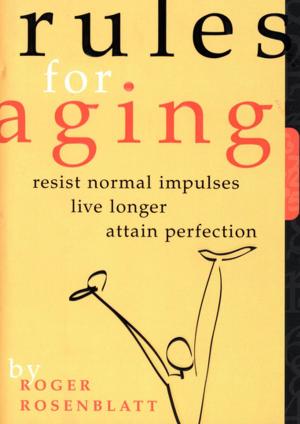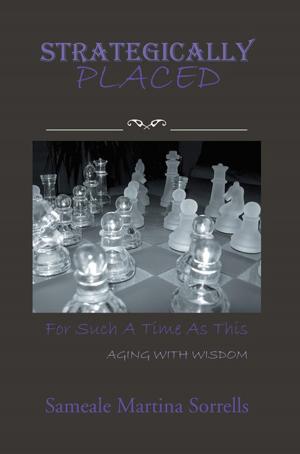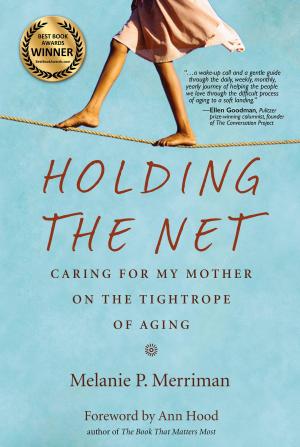Planning the Perfect Ending: Continuing Your Responsibility up to the End of Your Life
Nonfiction, Family & Relationships, Aging| Author: | Martin Goldsworthy | ISBN: | 9781311149565 |
| Publisher: | Martin Goldsworthy | Publication: | September 17, 2015 |
| Imprint: | Smashwords Edition | Language: | English |
| Author: | Martin Goldsworthy |
| ISBN: | 9781311149565 |
| Publisher: | Martin Goldsworthy |
| Publication: | September 17, 2015 |
| Imprint: | Smashwords Edition |
| Language: | English |
Achieving a perfect end to our life is something we should think about, and before it is too late. For many people perfection might mean dying peacefully, when they are ready, perhaps in their own home, having said farewell to favourite people and places. These days many people do not get close to achieving this ideal.
Advances in medical science have enabled us to prolongue lives, but not necessarily with the quality of life the affected people had imagined. At the time of writing there was discussion in several jurisdictions about assisted dying, but this specific issue is only a part of the overall picture. Dementia is at least as significant, but scarcely discussed in this context, at least not openly. Dementia still cannot be treated or halted, and it seems likely to aflict many of us.
This book presents some reasons for thinking about our own, inevitable death, and some of the factors to be considered when you do. Thinking about this is not trivial and the book was initially developed as a guide for the author’s own deliberations. The book’s objective is to help interested readers make their own end-of-life plan, to ensure that whatever happens, their death is as near to their ideal as can be arranged.
To frame in the book the discussion of practical solutions, two extreme late-life conditions are envisaged. These are brain bad – body good, which represents the situation of someone with advanced dementia, and brain good – body bad, for people who are severely physically handicapped. For each of these extreme conditions criteria are suggested for taking appropriate actions. Where you will end up between these extremes will only become clear as time passes. In general, an end-of-life plan should consider both of these extreme conditions, and also accidents.
At the end of the book the current version of the author’s own end-of-life plan is included as an example. In the second appendix the entry fields are left blank, for readers who want to develop their own plans.
Achieving a perfect end to our life is something we should think about, and before it is too late. For many people perfection might mean dying peacefully, when they are ready, perhaps in their own home, having said farewell to favourite people and places. These days many people do not get close to achieving this ideal.
Advances in medical science have enabled us to prolongue lives, but not necessarily with the quality of life the affected people had imagined. At the time of writing there was discussion in several jurisdictions about assisted dying, but this specific issue is only a part of the overall picture. Dementia is at least as significant, but scarcely discussed in this context, at least not openly. Dementia still cannot be treated or halted, and it seems likely to aflict many of us.
This book presents some reasons for thinking about our own, inevitable death, and some of the factors to be considered when you do. Thinking about this is not trivial and the book was initially developed as a guide for the author’s own deliberations. The book’s objective is to help interested readers make their own end-of-life plan, to ensure that whatever happens, their death is as near to their ideal as can be arranged.
To frame in the book the discussion of practical solutions, two extreme late-life conditions are envisaged. These are brain bad – body good, which represents the situation of someone with advanced dementia, and brain good – body bad, for people who are severely physically handicapped. For each of these extreme conditions criteria are suggested for taking appropriate actions. Where you will end up between these extremes will only become clear as time passes. In general, an end-of-life plan should consider both of these extreme conditions, and also accidents.
At the end of the book the current version of the author’s own end-of-life plan is included as an example. In the second appendix the entry fields are left blank, for readers who want to develop their own plans.















